
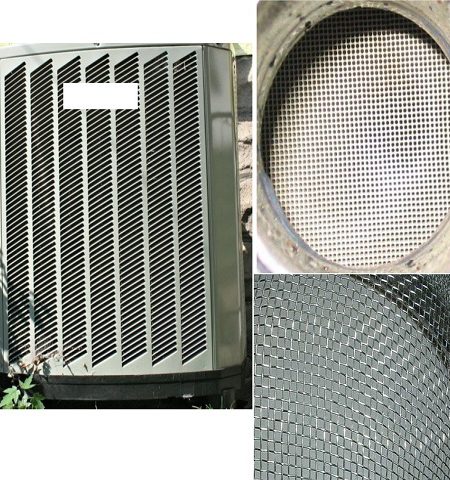
Porous media approach in CFD analysis
Radiators, filters or catalytic converters have very closely spaced flow paths. It can be said flow will be through pores (small openings). It is practically difficult to extract the flow domain. This is due to closely spaced and thousands of flow paths. Hence in order to solve such problems, the closely spaced flow paths are Continue reading
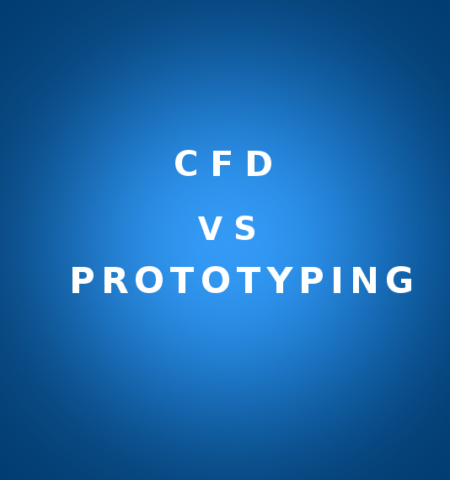
CFD & prototyping for product development
Prototyping is the process of making a sample of product for evaluation of it’s performance. CFD complements prototyping. CFD simulations can be performed on a lot of proposed product variants. Based on results obtained from CFD, an improvised product can be finalized for prototyping. For example, a heat exchanger manufacturer can use CFD after preliminary Continue reading
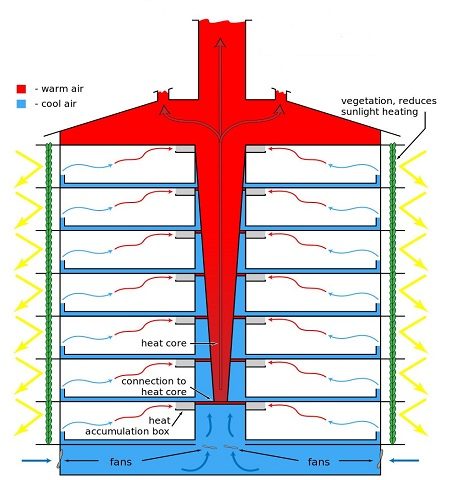
HVAC system design : stack effect in high-rise buildings
The stack effect is a major challenge for skyscrapers, but it can also be a factor for two-story family homes. It’s a condition in which the structure acts like a giant chimney, efficiently funneling warm air upwards until it eventually leaves the structure entirely.The stack effect occurs when the outside temperature is substantially lower than Continue reading
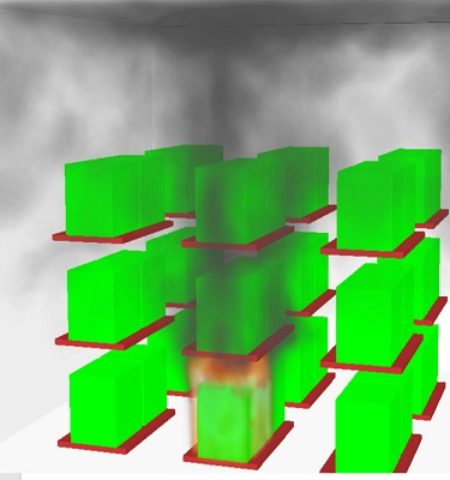
Fire and smoke simulation of a warehouse
The problem of fire growth prediction has historically been very challenging for engineers and scientists pursuing research in the field of fire dynamics. The lack of analytical solutions and computer capability has always hindered the march towards predicting the fire growth. However, even with the advent of numerical methods and supercomputers engineers are still facing Continue reading

Energy Modeling of Building
An energy modeling & auditing is the process of modeling and analyzing energy flows for the purpose of conservation of energy in a commercial or residential spacing. The main purpose of energy auditing is to effectively manage the energy input into the system in such a way that it does not compromise the energy output. Continue reading
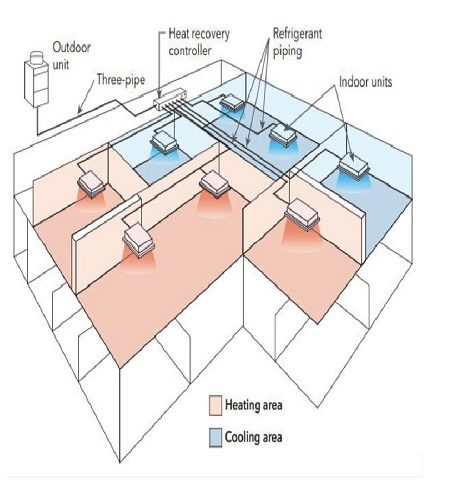
HVAC system design : VRF technology
VRF technology is a HVAC technology which was first developed by the Japanese in 1982. They are very similar in design to mini-splits and they use refrigerant for cooling and heating. The refrigerant is contained in an outdoor condensing unit and it is circulated via refrigeration lines to the indoor units. It is the most Continue reading
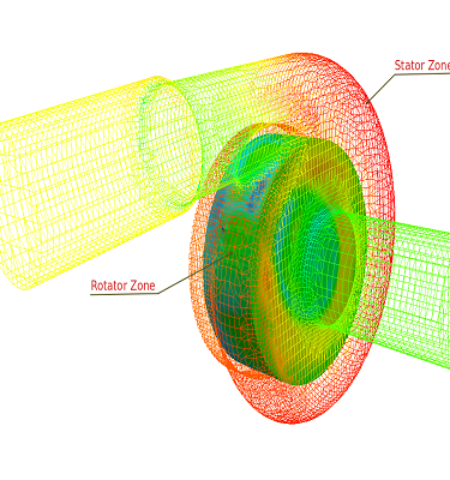
CFD applications : MRF approach for turbo-machinery simulation
Multiple reference frame (MRF) is used in CFD simulations, where separate static and rotating zones are present. For example, in a centrifugal pump, impeller imparts a rotating motion to fluid. The zone of fluid between casing and impeller is a non rotating zone. In a CFD simulation of centrifugal pump, if rotation motion is given Continue reading

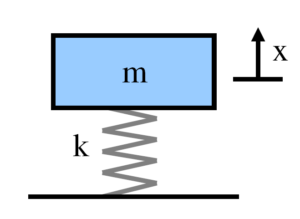
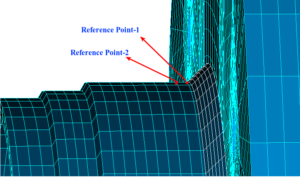
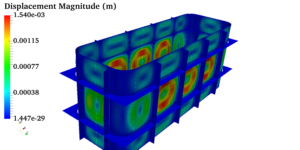 Pressure vessels, pipes, expansion joints etc. are basic equipments for process industries. Pressure vessels are vessels working under internal, external or vacuum pressure, and possibly subjected to high temperature. Proper design and analysis is very important for the pressure vessels, as their failure can cause lot of hazards. Codes/ standards are used in the design phase, followed by analysis to ascertain stresses are within the allowable range. ASME provides wide range of guidelines for the proper design of such vessels.
Pressure vessels, pipes, expansion joints etc. are basic equipments for process industries. Pressure vessels are vessels working under internal, external or vacuum pressure, and possibly subjected to high temperature. Proper design and analysis is very important for the pressure vessels, as their failure can cause lot of hazards. Codes/ standards are used in the design phase, followed by analysis to ascertain stresses are within the allowable range. ASME provides wide range of guidelines for the proper design of such vessels.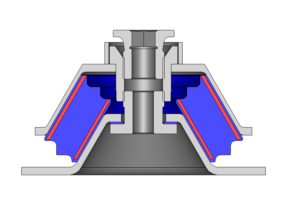
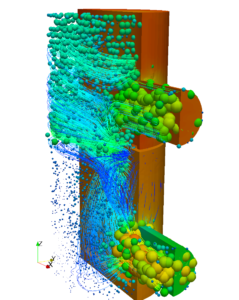
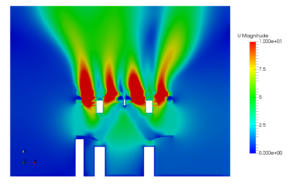
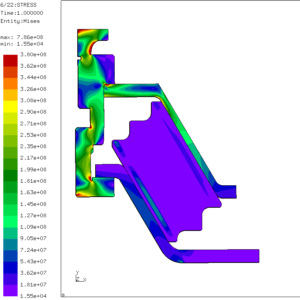
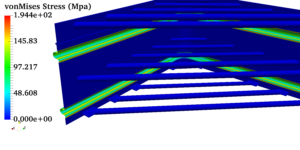
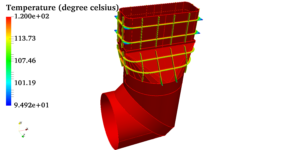
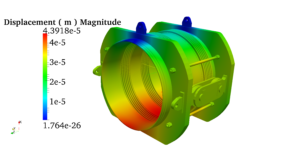

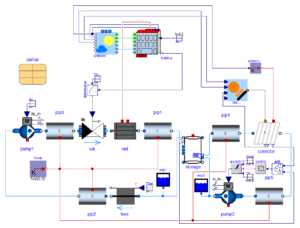
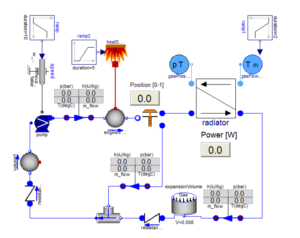
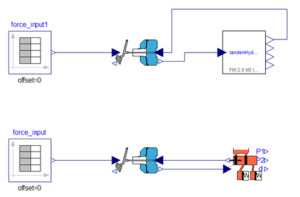
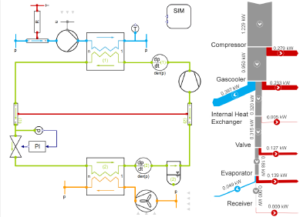
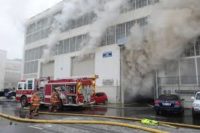



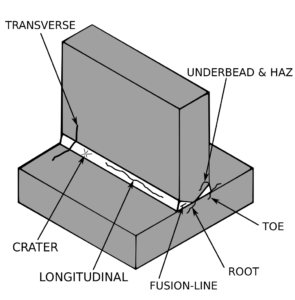
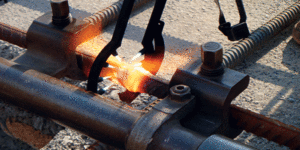
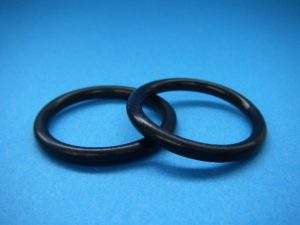
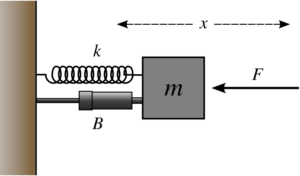
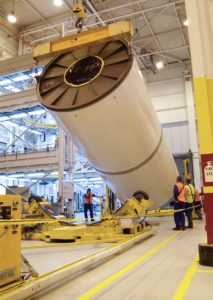
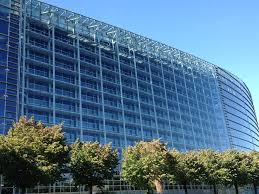
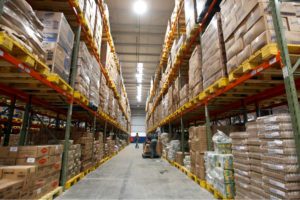
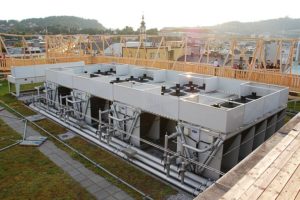
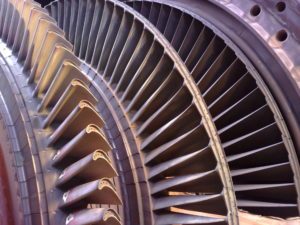
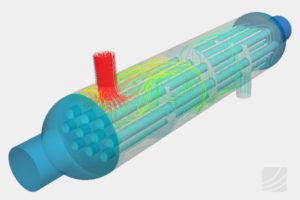
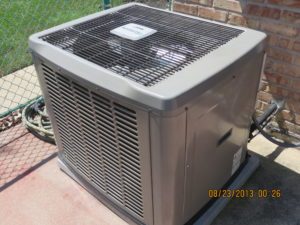
 BC. This book is a treatise on the theory of ethics, very popular during the Renaissance. The first line of Lorem Ipsum, “Lorem ipsum dolor sit amet..”, comes from a line in section 1.10.32.
BC. This book is a treatise on the theory of ethics, very popular during the Renaissance. The first line of Lorem Ipsum, “Lorem ipsum dolor sit amet..”, comes from a line in section 1.10.32.